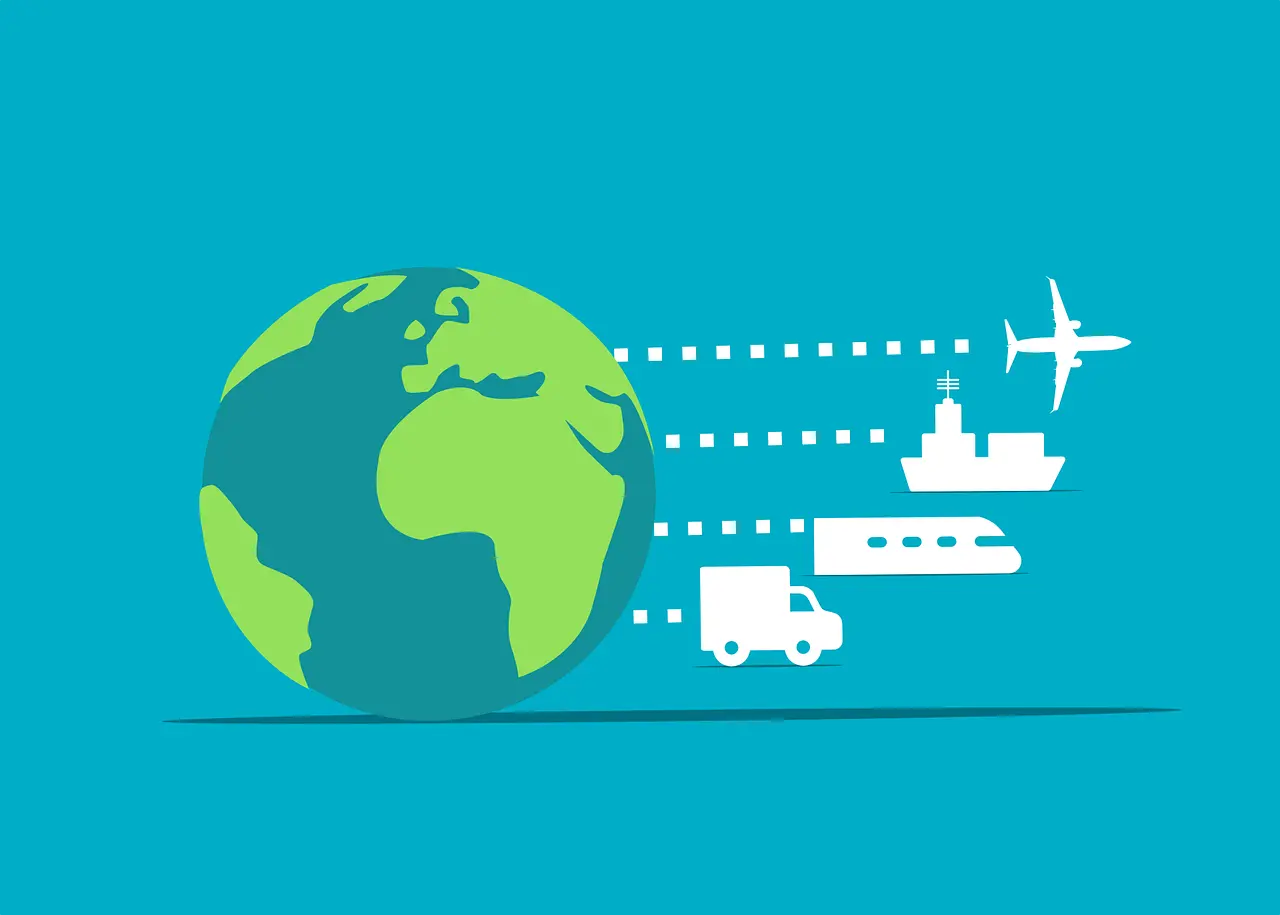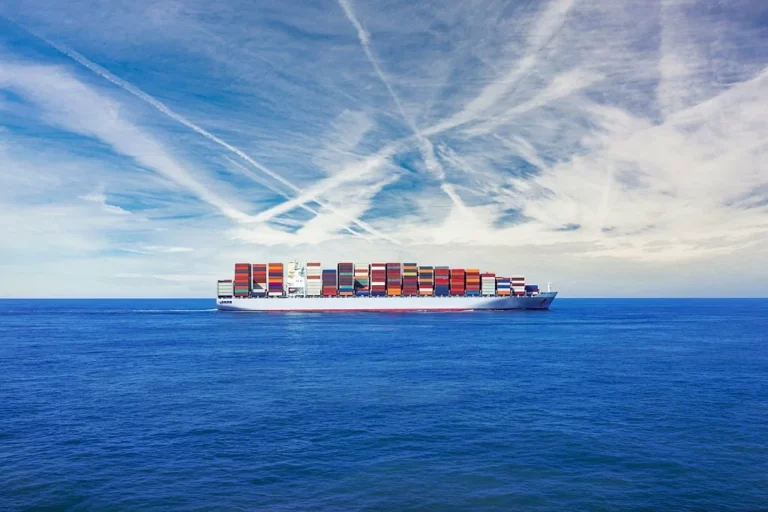A Complete Guide to Cold Chain Logistics
Cold chain logistics forms the backbone of industries that depend on temperature-controlled transportation. From delivering fresh produce to ensuring the efficacy of life-saving vaccines, the cold chain ensures products reach their destination in optimal condition.
But what exactly is this intricate network, and why does it play such a critical role in today’s global economy? This guide dives into the essentials, breaking down how it works, its components, challenges, and innovations shaping its future.
What is Cold Chain Logistics?
Understanding the basics of cold chain logistics is the first step in appreciating its importance. This section delves into what cold chain logistics entails and why it is essential for maintaining product integrity.
Cold chain logistics refers to a meticulously managed process of storing, transporting, and handling temperature-sensitive goods to preserve their quality and safety. It encompasses the use of specialized equipment, such as refrigerated vehicles and temperature-controlled storage facilities, to maintain a consistent environment.
This system is critical for industries like food, pharmaceuticals, and chemicals, ensuring that products like fresh produce, life-saving vaccines, and volatile compounds reach their destinations without degradation.
By preventing temperature fluctuations, cold chain logistics upholds product integrity and minimizes losses, making it an essential component of modern supply chains. In fact, understanding and optimizing supply chain logistics is crucial for ensuring the cold chain operates seamlessly, particularly when dealing with time-sensitive and perishable goods.
How Does the Cold Chain Work?
To ensure the quality of temperature-sensitive goods, the cold chain follows a carefully structured process. Here’s an overview of how it functions to maintain optimal conditions throughout.
The cold chain operates as a carefully coordinated system designed to maintain a product’s integrity. It involves:
- Temperature monitoring: Advanced sensors and IoT-enabled devices ensure real-time tracking of conditions.
- Specialized transportation: Refrigerated trucks, ships, and air cargo carriers are equipped to handle temperature-sensitive goods.
- Storage solutions: Warehouses and distribution centers use cold rooms and freezers to keep products safe during transit.
By integrating these elements, the cold chain minimizes spoilage, ensuring products remain safe and effective. Similarly, optimizing supply chain logistics can help businesses manage inventory and transportation more efficiently, ensuring temperature control is maintained throughout the supply process.
Key Components of Cold Chain Logistics
Each element of the cold chain plays a vital role in maintaining temperature control. Let’s explore its key components in detail.
- Cold Chain Packaging: Effective packaging is crucial for maintaining the desired temperature of goods. Insulated containers, gel packs, and dry ice are common solutions that provide thermal protection during transit.
- Cold Chain Storage: Warehousing facilities with temperature-controlled environments are essential. These spaces include cold rooms, freezers, and humidity-regulated areas tailored to specific product needs.
- Cold Chain Shipping and Tracking: Refrigerated transportation, combined with GPS tracking, ensures products remain in the correct conditions throughout their journey. Real-time monitoring allows quick intervention if deviations occur.
As with all aspects of logistics, transportation and distribution management is a key factor in the success of cold chain logistics. Efficient systems help streamline these critical activities.
Why is Cold Chain Logistics Important?
Cold chain logistics is vital for industries relying on the integrity of temperature-sensitive goods. For example:
- Food safety: Prevents spoilage, extending shelf life and ensuring freshness.
- Healthcare: Ensures the efficacy of vaccines and pharmaceuticals.
- Global trade: Facilitates the movement of perishable goods across borders, driving economic growth.
Understanding how cold chain logistics integrates with global supply chain management can enhance a company’s ability to deliver critical goods on time, without compromising product integrity.
Challenges in Cold Chain Management
Operating a cold chain involves overcoming several obstacles. Here, we examine the primary challenges businesses face.
- Addressing Temperature Fluctuations: Maintaining consistent temperatures is challenging due to factors like equipment failure, human error, or environmental conditions. Technologies like IoT sensors and predictive analytics help mitigate these risks.
- Compliance and Regulations: Cold chain logistics must adhere to strict regulatory standards. For example, the pharmaceutical industry follows guidelines like Good Distribution Practice (GDP) to ensure product safety.
- Cost Management: Operating a cold chain involves significant expenses, including specialized equipment, energy consumption, and skilled labor. Optimizing operations and adopting energy-efficient solutions can help reduce costs. Strategies for reducing logistics costs can be beneficial when managing the overall expenses associated with cold chain logistics.
Best Practices in Cold Chain Logistics Management
To ensure efficiency and minimize risks, businesses can adopt proven strategies. This section explores key practices to enhance cold chain operations.
- Invest in training: Ensure staff are knowledgeable about handling temperature-sensitive goods.
- Leverage technology: Use automated systems for real-time monitoring and reporting.
- Optimize routes: Plan transportation routes to minimize transit times and reduce risks.
- Collaborate with experts: Partner with experienced cold chain providers to streamline operations.
An essential aspect of cold chain management also involves the optimization of inbound transportation and understanding how supply chain tracking enables logistic efficiency, which can significantly improve visibility and control over the entire cold chain process.
Technological Innovations in Cold Chain Logistics
Technological advancements are transforming cold chain logistics. Below are some key innovations driving the industry forward.
- IoT devices: Real-time tracking and monitoring enhance visibility and control.
- Blockchain: Provides transparency and traceability in the supply chain.
- AI and machine learning: Predictive analytics optimize logistics planning and mitigate risks.
- Sustainable solutions: Eco-friendly packaging and energy-efficient cooling systems reduce environmental impact.
As more companies explore automation and predictive analytics, supply chain automation is emerging as a key strategy to enhance efficiency and reduce risks in cold chain logistics operations.
Cold Chain Use Cases Across Industries
The cold chain serves a diverse range of industries. Let’s look at its impact in key sectors.
- Food Industry: Cold chain logistics ensures perishable items like fruits, vegetables, dairy, and seafood retain their freshness and quality during transit, reducing food waste.
- Pharmaceutical Industry: The cold chain is critical for maintaining the efficacy of temperature-sensitive drugs, vaccines, and biologics. It played a pivotal role during the COVID-19 pandemic in distributing vaccines globally.
Given the diverse applications, companies are increasingly looking at logistics planning and cold chain management software to streamline their operations, especially for temperature-sensitive products.
Future Trends in Cold Chain Logistics
Cold chain logistics is undergoing rapid transformation as it adapts to new technologies and evolving market demands. The following trends are expected to define the future of cold chain logistics:
1. Green Technologies and Sustainability Initiatives
As sustainability becomes a top priority for businesses and consumers alike, cold chain logistics is embracing eco-friendly practices. The adoption of renewable energy sources, such as solar power for refrigerated storage facilities and electric vehicles for transportation, helps reduce carbon footprints.
Additionally, the use of eco-friendly packaging materials and energy-efficient cooling systems is gaining traction. Businesses are increasingly prioritizing sustainability by reducing energy consumption and emissions throughout the cold chain. This shift towards greener logistics also aligns with consumer preferences for environmentally conscious brands and supports regulatory compliance for businesses in regions with stringent environmental standards.
2. Advanced Automation in Cold Chain Operations
The rise of automation is revolutionizing cold chain logistics. Autonomous vehicles, including drones and self-driving trucks, are being deployed for last-mile delivery. These innovations allow for faster, more efficient delivery of temperature-sensitive goods, especially in areas with high demand.
Automated warehouses are becoming commonplace, where robots handle sorting, packaging, and even temperature monitoring. These systems not only improve speed and accuracy but also reduce human error and labor costs.
With predictive analytics and AI integration, logistics companies can better forecast demand, optimize delivery routes, and adjust temperature controls in real-time to ensure product quality is maintained throughout the supply chain.
3. Increased Digitalization and Real-time Monitoring
The future of cold chain logistics is heavily reliant on digital transformation. Technologies like AI, IoT, and blockchain are enabling end-to-end visibility and control over the entire cold chain. IoT sensors, for example, continuously monitor temperature and humidity levels during transit, providing real-time data that allows for quick action if conditions deviate from set parameters.
Blockchain enhances transparency by offering an immutable record of every transaction and movement in the supply chain, ensuring greater accountability and security. Meanwhile, AI-powered systems help with demand forecasting, route optimization, and anomaly detection, allowing businesses to preemptively address potential issues before they affect the integrity of goods.
4. Supply Chain Risk Management and Resilience
As cold chain logistics becomes more complex, businesses must be prepared to manage a wider range of risks. Global supply chains are increasingly vulnerable to disruptions, from natural disasters to geopolitical tensions.
Effective supply chain risk management strategies, including the use of real-time tracking and predictive analytics, will be critical to maintaining the resilience of cold chain systems. By assessing risks and implementing proactive measures, businesses can minimize disruptions and maintain consistent service levels.
In addition, ensuring that business continuity planning is part of the cold chain strategy will help mitigate risks that could impact the delivery of temperature-sensitive goods.
For businesses looking to stay ahead of the curve, exploring supply chain risk management strategies is essential, especially as new risks emerge in a highly interconnected and complex logistics environment.
Conclusion
Cold chain logistics is more than just a transportation system; it’s a lifeline for industries that rely on precision and quality. By understanding its components, challenges, and advancements, businesses can ensure their products remain safe and effective. As innovations continue to emerge, the cold chain will only become more efficient, sustainable, and integral to global commerce.






